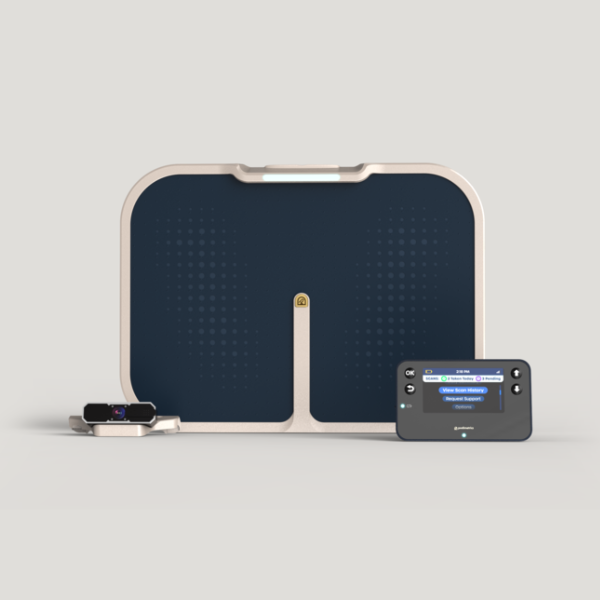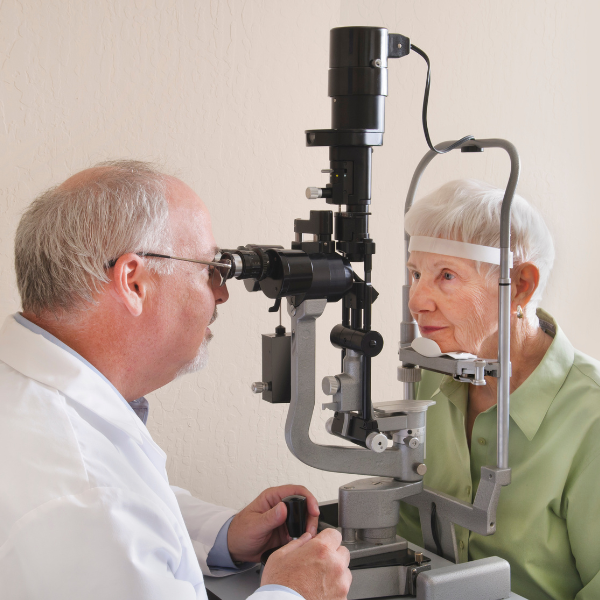If you are living with diabetes, meeting with your doctor regularly is essential for managing your condition and reducing the risk of complications such as diabetic foot ulcers. But when your appointments last only around 15 minutes, it can be difficult to address all your concerns in time and gain the confidence you need to take full charge of your foot health.
Pressure from insurance companies, hospitals, and clinic managers to see more patients quickly are some of the many reasons your doctor may have you in and out of the exam room within 15 minutes. The good news is that with the right strategy in place, it’s entirely possible to make the most of those 15 valuable minutes and leave feeling satisfied and more confident about managing your condition.
Follow these tips to prepare for your next appointment and gain the empowerment you need to manage your diabetic foot health.
How Should I Prepare for a 15-Minute Doctor’s Visit?
Preparing for your appointment beforehand helps ensure all your questions and concerns get addressed before you head home. A recent survey by Wolters Kluwer Health found that about two-thirds (66%) of patients have questions after seeing their doctors. Additionally, one in five patients (19%) have new questions after their appointments. Therefore, it may help to arrive equipped with a list of questions and topics you want to discuss during your visit.
Other ways to prepare for your doctor’s visit:
- Arrive on time. This helps ensure you can spend all the allotted time with your doctor or more time if scheduling permits.
- Make a list of your medications. Asking which medications you’re using is a routine question asked at nearly every visit. Bringing a list can help reduce the amount of time you may normally take reciting all your medications.
- Write down your symptoms. You should bring any changes in your health—such as slow-healing foot wounds or ulcers—to your doctor’s attention.
- Prioritize your questions and concerns. Ask your most important and pressing questions first, and save minor concerns for last.
Which Questions Should I Ask About Diabetic Foot Care?
People with diabetes often face a higher risk of foot problems. This is because high blood sugar can harm nerves and blood vessels in the feet. Corns, calluses, and diabetic foot ulcers—the latter of which can lead to diabetic amputation—are some of the many foot-related complications of diabetes.
The CDC says that about 12% of people with diabetes will get diabetic foot ulcers at some time in their lives. Considering this statistic, it may be worth asking about proper diabetic foot care that may reduce your risk.
Good questions to ask your provider about diabetic foot care include:
- What are the common signs and symptoms of diabetic foot ulcers?
- What are the causes and risk factors of diabetic foot ulcers?
- How often do foot ulcers lead to diabetic amputation?
- What are the best ways to avoid amputation?
- What steps can I take to prevent diabetic foot ulcers?
- How often should I have my feet checked by my primary care doctor or podiatrist?
- What should I look for when inspecting my feet?
- How should I care for foot wounds and diabetic foot ulcers?
- What are the signs of infection on the feet?
- What are the best shoes to wear if I have diabetic neuropathy?
- Am I a candidate for remote temperature monitoring?
- What are good ways to take care of my feet every day?
- What should I do if I notice a problem with my feet?
How to Talk to Your Doctor When Time Is Limited
Quick and brief doctor visits can lead to health equity issues. This happens because of miscommunication and low health literacy, according to Archives of Internal Medicine. It adds that socially disadvantaged patients often have complex health needs. Therefore, they need more than 15 minutes to address their needs during doctor visits.
Healthcare access and quality are one of the five social determinants of health, or SDoH for short. SDoH are the conditions in the environments in which people are born, live, learn, work, play, worship, and age that affect health, functioning, and quality-of-life outcomes and risks, including those pertaining to diabetes.
Here are tips on how to talk to your doctor during brief visits:
- Mention up front that you brought a list of questions. This can help both you and your doctor make the most of your time together.
- Be honest and direct about your health. Being open and honest about your condition can save time. It helps your doctor avoid asking many questions to understand how you are doing.
- Take notes. Using a mobile device or notepad to take notes can be useful if your doctor provides important information you think you may forget later on.
- Bring a friend or loved one. A trusted friend or loved one can help you feel calmer and more comfortable during your appointment. They can help you feel more confident. They also provide emotional support. This is important when dealing with chronic conditions like diabetes.
If you have diabetic foot ulcers or are at risk for diabetes complications, talk to your healthcare provider. Ask them about using remote temperature monitoring (RPM).
RPM helps healthcare providers use technology to track a patient’s health outside of clinics or hospitals. It uses devices like blood pressure monitors, glucose meters, smart mats, and heart rate sensors. These devices collect health data and send it securely to a doctor or care team. This allows healthcare professionals to monitor a patient’s condition, even when the patient is at home.
If you are at risk for diabetic foot ulcers, there are remote foot temperature monitoring programs. These programs help your doctor check for signs of inflammation. This can help identify foot problems before they happen in the comfort of your home.
Remote temperature monitoring can be used as a tool to narrow the health equity gap in the context of diabetes and improve your quality of care.
You might find our Patient Resources page to learn more about the Podimetrics SmartMat™ Program and its benefits for people living with diabetes.





